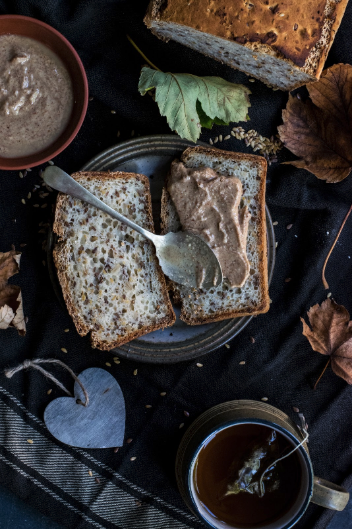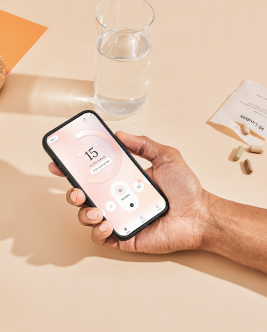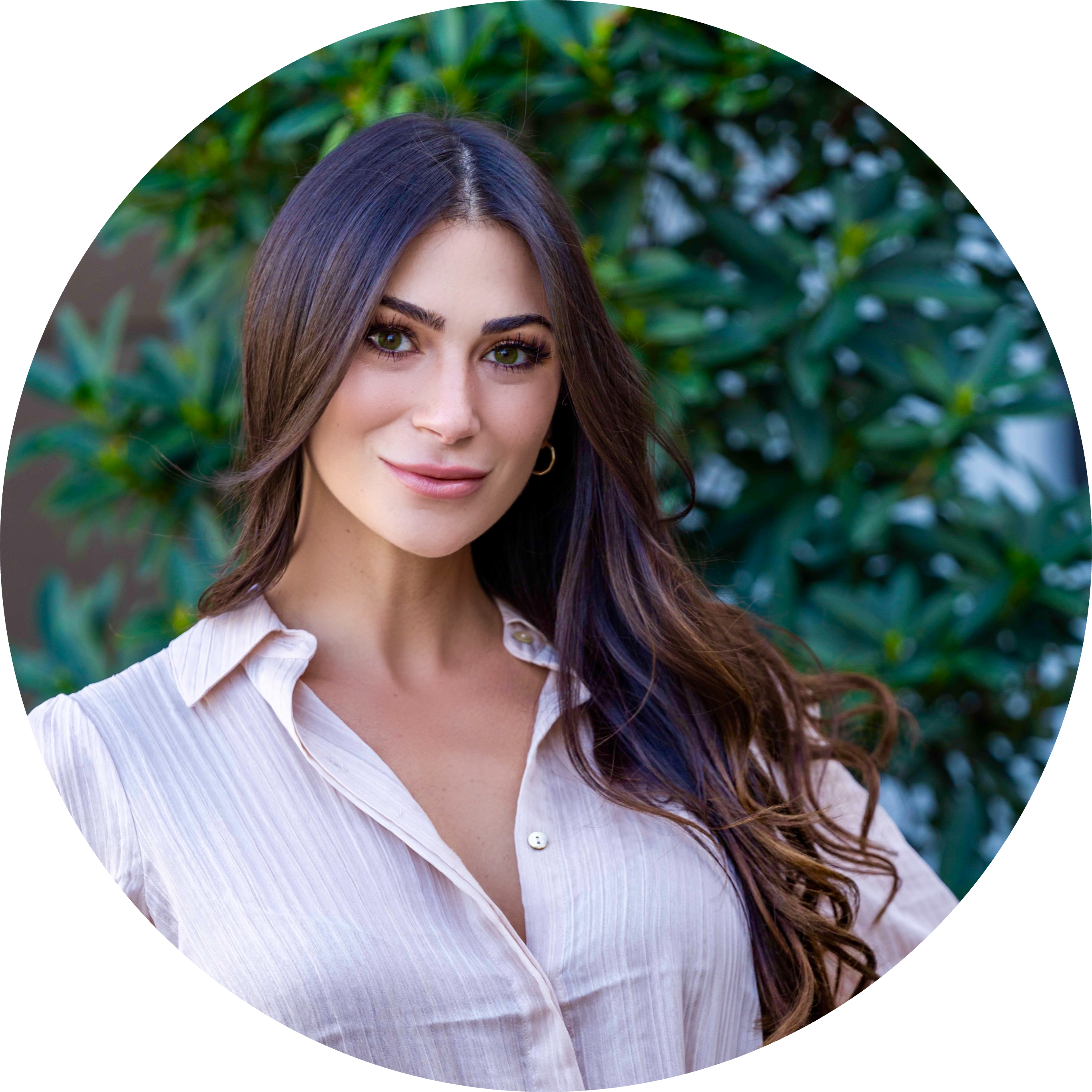science
Complete vs. Incomplete Proteins: A Beginner's Guide
On This Page

Thinking about incorporating protein supplements into your diet? Here's what you need to know about complete and incomplete proteins to get started.
You might be skeptical about protein. Right now, protein powders are booming, and while you might think they’re just for people looking to build lean muscle or bulk up, protein does so much more. It is an indispensable part of a healthy, balanced diet.
Proteins are biochemical molecules that contain chains of amino acids. Protein can help repair and create tissue (including muscle), is used to make hormones and enzymes, and is a building block for everything from cartilage and bones to hair and nails. Because our bodies use protein in so many ways, getting enough through your diet not only helps to give your body what it needs, but is essential for overall health. However, not all protein contains the same amino acids, which is why you might have heard about “complete” and “incomplete” proteins.
What’s the difference between complete and incomplete proteins?
Here’s the gist: overall there are twenty different kinds of amino acids, eleven of which our bodies can produce on their own. The other nine, called “essential amino acids,” we can only get through diet, supplementation, or a combination of the two.

Essential amino acids
A complete protein is one that contains all nine of those essential amino acids that our bodies need: histidine, isoleucine, leucine, lysine, methionine, phenylalanine, threonine, tryptophan, and valine in adequate quantities. Animal sources, such as fish, poultry, meat, dairy products, and eggs, are considered the most well-known complete proteins. However, vegan alternatives like quinoa, beans, certain nuts, and whole grains also offer complete proteins. Despite this, achieving comparable protein levels through a solely plant-based diet can be more challenging than incorporating animal sources.
On the other hand, an incomplete protein lacks one or more of those essential amino acids. Beans, specific nuts, and tofu are some examples of incomplete protein sources. Eating those foods alone for protein will not give you all of the amino acids your body needs. That said, the more varied your diet, the more likely it is that you’ll get all the nutrients you need. For vegetarians and vegans who incorporate a diverse range of foods, it remains possible to obtain the required essential amino acids (think rice and beans), ensuring a balanced and nutritious diet.
How the body utilizes complete and incomplete proteins
The body breaks down complete and incomplete proteins in the same way. They are both broken down during digestion into smaller molecules called amino acids. These amino acids are then used to repair and maintain muscle tissue, synthesize hormones, and produce neurotransmitters.
One notable example is the role of the amino acid, tryptophan. Tryptophan is an essential amino acid responsible for the production of serotonin, the neurotransmitter that influences mood, sleep, and digestion. Studies have mentioned that consuming tryptophan-rich foods can contribute to improved mental energy levels.
Similarly, the amino acid tyrosine is converted to another neurotransmitter, dopamine. Dopamine is responsible for regulating the brain's pleasure and reward centers. Tyrosine also plays a role in the production of thyroid hormones.
Furthermore, the amino acid glutamine can be converted into glutamate and gamma-aminobutyric acid (GABA). Glutamate is an excitatory neurotransmitter that aids in cognitive processes, while GABA is an inhibitory neurotransmitter that helps to calm the nervous system.
Overall impact on health and wellness
Both complete and incomplete proteins are needed to support healthy muscle mass and immune function. Proteins also play a vital role in the structure and function of organs, muscles, hair, and skin.
Common protein sources
Sources of complete proteins
The majority of complete proteins are derived from animal sources. Some of these include animal meats, eggs, fish, cheese, and Greek yogurt.
There are still a few plant-based options for those who might avoid animal products. Some of the best choices include quinoa, soy, buckwheat, chia seeds, hemp seeds, and pumpkin seeds.
Sources of incomplete proteins
Incomplete proteins can still be a valuable part of a balanced diet, especially when combined to complement one another. Foods like rice, certain beans (such as lentils), various nuts and seeds, and different grains fall under the category of incomplete proteins.

How do complete and incomplete proteins affect vegans and vegetarians?
Most of us get enough protein through our diets. If fish, poultry, and eggs are a part of your regular diet, then don’t sweat it! You’re most likely getting enough protein.
However, vegans and vegetarians need to be more strategic, whether that means skillfully combining incomplete protein sources as dietary reference intakes may be insufficient (more on that later), or choosing to eat complete proteins regularly.
If you aren’t eating a lot of complete protein sources, or just simply want to add a protein supplement to your diet, look for a powder that’s a complete protein.
Think of it this way: Why would you choose to take only some of the things your body needs (like six or seven of the essential amino acids), when you could get all nine from a single source? While some people opt for incomplete proteins geared towards specific health goals (like collagen, for example, which is a popular protein used to support hair, skin and nail health), if your goal is overall health and well-being, then a complete protein is the best way to go. Whey and casein are both complete proteins and a great place to start.
Complete plant-based protein powders do exist and are usually made up of many different plant-based protein sources combined together to create a complete, vegan protein supplement.
Health implications of a diet solely composed of incomplete proteins
A diet solely composed of incomplete proteins can put you at risk of certain amino acid deficiencies. Relying primarily on one type of incomplete protein may lead to inadequate intake of certain vital nutrients that are required for numerous bodily functions. Over time, this deficiency may compromise muscle repair, immune function, and hormone production, among other important processes.
Pairing a variety of incomplete proteins together to form complete proteins can help bridge gaps in amino acids or you can incorporate some kind of protein powder as a supplement.
Combining incomplete proteins for a balanced diet
Those following plant-based diets may need to intentionally combine incomplete protein sources to ensure complete amino acid intake. Let’s take a look at some nutritious and delicious examples.
The concept of protein pairing
Combining different incomplete protein sources in meals can create complementary amino acid profiles, ensuring that the body receives all the essential building blocks it needs. Many vegetarians and vegans combine different protein sources together, rather than trying to find only complete proteins.
Combining different incomplete protein sources together in a dish can help create a complete protein meal. You’ve probably had several of these combinations without realizing it, like peanut butter on bread, hummus and pita, brown rice and beans, or chili and cornbread, to name a few.
The bottom line
Protein plays a fundamental role in repairing muscle tissues, creating enzymes and hormones, and supporting immune function. Complete proteins contain all nine essential amino acids and are predominantly found in animal sources like fish, poultry, meat, dairy products, and eggs. Although there are plant-based sources such as quinoa and soy.
Alternatively, incomplete proteins lack one or more essential amino acids and can be found in certain foods like rice, certain beans, and nuts. For those following a plant-based diet, pairing complementary incomplete proteins can ensure you are getting all the amino acids you need.
Overall, by following a balanced and varied diet, you can reap all the benefits that protein has to offer.



